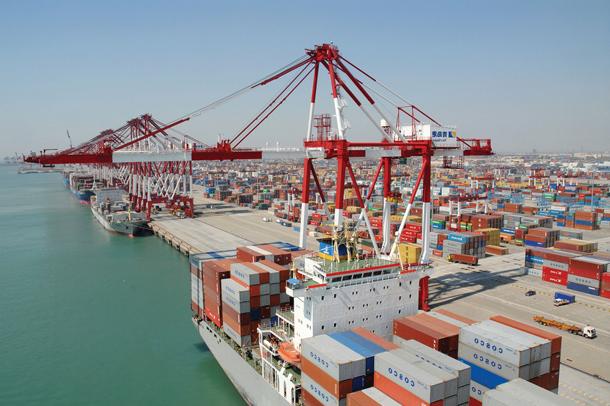Method/First step:
1.申报
If so, the consignor or agent of the export goods must declare the electronic data declaration and paper declaration to the exit customs of the goods within 24 hours before loading。
When accepting the order review, tax collection and inspection procedures, the consignee of import and export goods and the entrusted customs declaration enterprise must submit a paper customs declaration enterprise with the same contents as the electronic data declaration when conducting the order review, tax collection and inspection procedures at the customs site。
(1) Basic documents。These documents mainly include commercial and freight documents directly related to the import and export of goods,Such as the goods consignee or its agent signed (should be attached to the manufacturer's invoice), packing list (single variety, packaging of the same parts and bulk goods can be exempted), receipt or loading list, export remittance verification and customs issued tax reduction certificate。
(2) Special documents。According to the relevant laws and regulations of the State, the documents subject to special control mainly include licenses, quota licenses and other approval certificates for import and export management. The inspection certificates issued by the statutory inspection and quarantine institutions of the State, and the "exit goods Declaration form" with special seals for inspection and quarantine.。

(3) Prepare documents。The trade contract, letter of credit, certificate of origin of goods, certificate of industrial and commercial license of the entrusting unit, account books of the entrusting unit and other relevant documents deemed necessary by the customs declaration officer。
Method/Step 2:
2.检查
(1)概念。Inspection refers to the behavior of the Customs in order to determine whether the contents declared by the consignee or consignor of import and export goods conform to the real situation of import and export goods, or to carry out actual verification of the classification, price and origin of import and export goods in accordance with the law。
(2) The inspection shall be carried out within the Customs supervision area。Because the goods are easily affected by natural factors such as temperature, static electricity, dust and so on, and are not suitable for inspection within the customs supervision area, or because of other special reasons, they need to be inspected outside the Customs supervision area, the consignee of import and export goods or his agent may apply in writing to send personnel outside the Customs supervision area for inspection。
After the completion of the inspection, the inspection personnel shall truthfully fill in and sign, and the inspection record shall be signed and confirmed by the consignee or consignor of import and export goods present。If the consignee or consignor or his agent refuses to sign the import or export goods, the inspection personnel shall indicate it in the inspection record, and it shall be certified by the business operator of the supervision place where the goods are located。The customs will keep it as an accompanying document to the customs declaration。
(3) Inspection fees。There is no charge for inspection within the scope of customs inspection。For customs sealing of containers, container trucks or other goods, sealing fees shall be charged according to regulations。The consignee or consignor of the import or export goods shall bear the expenses of moving, disassembling, repacking and other expenses incurred in the inspection of the import or export goods。For goods outside the Customs supervision area, the consignee or agent of the import and export goods shall pay the prescribed fees to the Customs in accordance with the relevant provisions。
Method/Step 3:
3.Collection of tax
When inspecting the goods declared by the consignee or consignor of import and export goods or his agent, the customs duties, import value-added tax, consumption tax, late payment fee, late declaration fee and other taxes are calculated, and the special bills or fee bills for customs and tax collection are issued。
The taxpayer and his agent shall pay the tax at the designated bank within 15 days from the date of filling in the payment form。The Customs will add a late fee of 0 per day from the date of expiration of the payment period.5‰ Late fee, starting from the day of the expiration of the payment period, the late fee will be levied on a daily basis, the starting amount of the late fee is 50 yuan, less than 50 yuan is exempted from the levy。The taxpayer shall pay the late fee to the designated bank within 15 days after the customs completes the late fee payment form。
Method/Step 4:
4.Release, customs clearance
For general export goods, after accepting the declaration of export goods, reviewing the electronic data declaration form and paper declaration form, attachment certificate, inspection of goods, collection of taxes or acceptance of bonded goods, customs entry-exit on-site supervision decision on export goods, export goods after the completion of customs declaration procedures to complete the customs declaration procedures。
留心
If the export goods still need to continue the follow-up management after the release of the port, the customs shall verify and process the goods subject to tax within the specified time until the customs completely stops。


